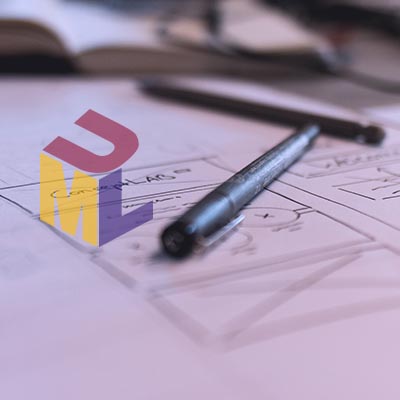UML Notation
CategoryModeling Language
UML 2.5 is a modeling language that provides solution architects and software engineers with notation elements for analysis, design and implementation of software-based systems. It enables meaningful exchange of model information between tools and software designers.
Design Modeling Notation
Uniform Visualization of Design Elements
Unified Modeling Language (UML) 2.5 has incorporated a number of best practices from architectural description, design modeling and object-oriented programming.
The language defines human-readable notation elements for representing application design concepts (such as Actor, Class and Association) and rules for combining them into a variety of diagram types (such as Use Case, Sequence and Communication).
UML supports the Object Management Group (OMG) initiative to enable model-driven approach to software development. A UML model makes some statements of interest about a system within some domain of discourse, from a certain point of view and for a specific purpose. It shows how the system is to be constructed and used.
Enterprise applications must be structured in a way that enables scalability, security and robust execution under stressful conditions. UML ensures that their detailed design is defined clearly enough that programmers can quickly find and fix a bug that shows up long after the original authors have moved on to other projects.
